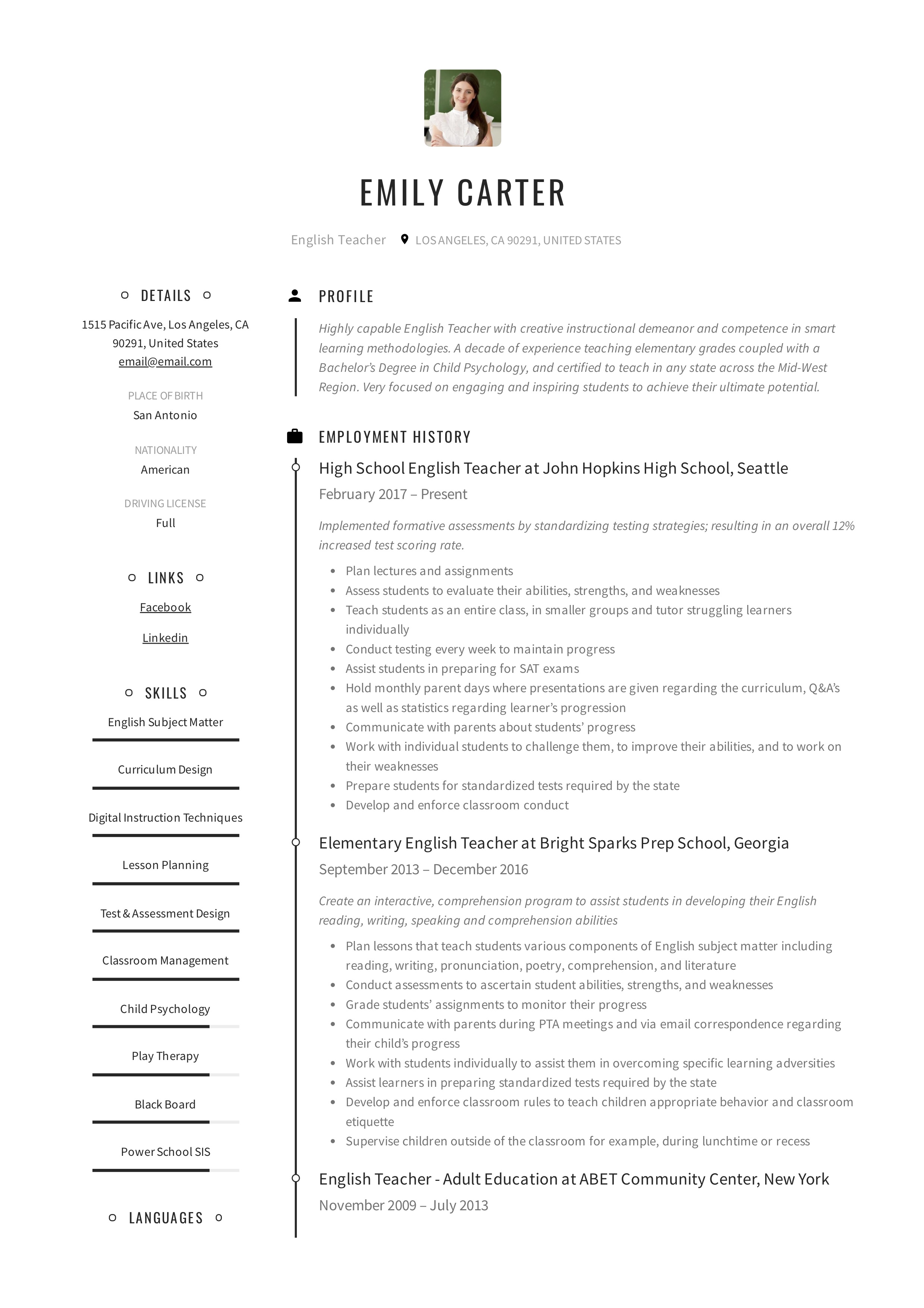
Statistics that build upon your skills section are most impactful - bonus points if they show a track record of growth, revenue, and profitability, Leavy-Detrick says. To prove you’re worth a hiring manager’s time, highlight recent examples of what you bring to the table. If you’re in a creative industry, design and communication skills might be your best bet.
#Resume templates free 2019 software#
If you’re in a tech-driven field, software and programming expertise is what employers want to see on your resume. Hard skills, tangible attributes that can easily be measured, take precedence here, so highlight them accordingly.

The top of your resume should include "critical keywords and a quick snapshot of your core strengths,” Leavy-Detrick says. “Stick to one color, and one color that’s going to print well.” Add a Skills Section in Your Resume If you do use color, “Use it sparingly,” she warns. “It’s very minimal, and gives a bit of a design element,” Leavy-Detrick says. But subtle pops of color, like the orange used here, will work for just about everyone. If you’re applying for an investment banking job, a hot-pink resume probably won’t do you any favors.

Sans serif fonts usually work best - Franklin Gothic, Calibri, and Avenir (the last of which we used for the attached template) are three of Leavy-Detrick’s favorites. You should use the same font style throughout, Leavy-Detrick says, but play with different weights and sizes to draw a recruiter’s eye to key parts of your resume. There is no one specific "best" font for resumes.

A recent study from the job site Ladders found that resumes with so-called F-pattern and E-pattern layouts, which mimic how our eyes tend to scan web pages, hold a recruiter’s attention for longer than those aligned down the center, or from right to left. When it comes to resume format and design, opt for a clean layout. (Resume design courtesy of Dana Leavy-Detrick click here for a free downloadable template) The Best Resume Format


 0 kommentar(er)
0 kommentar(er)
